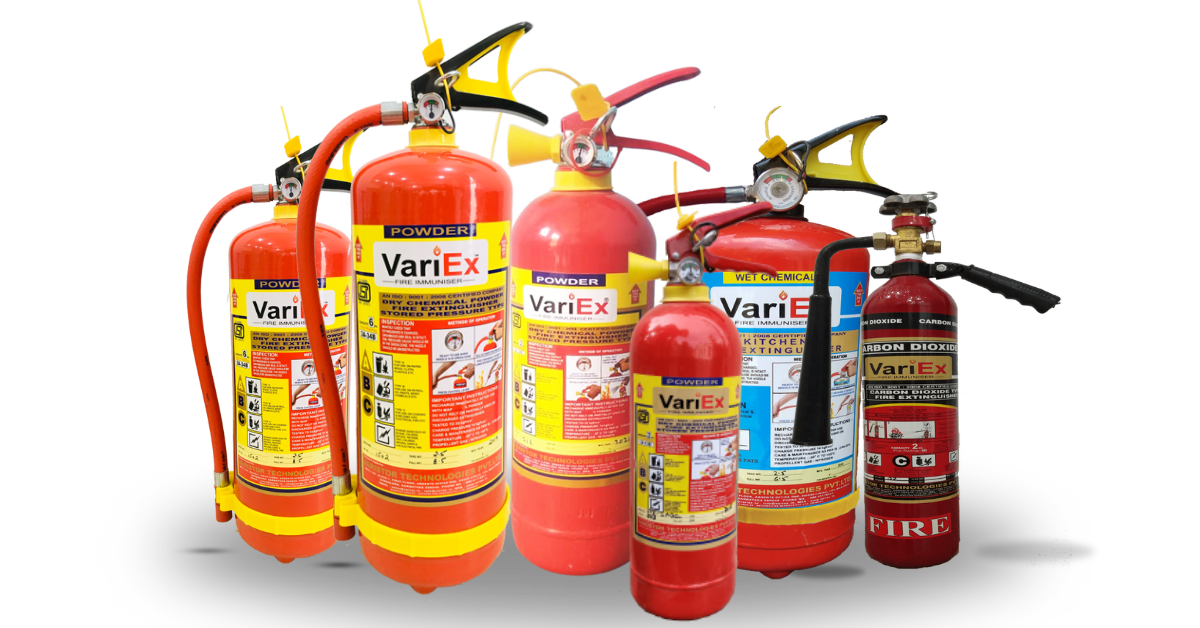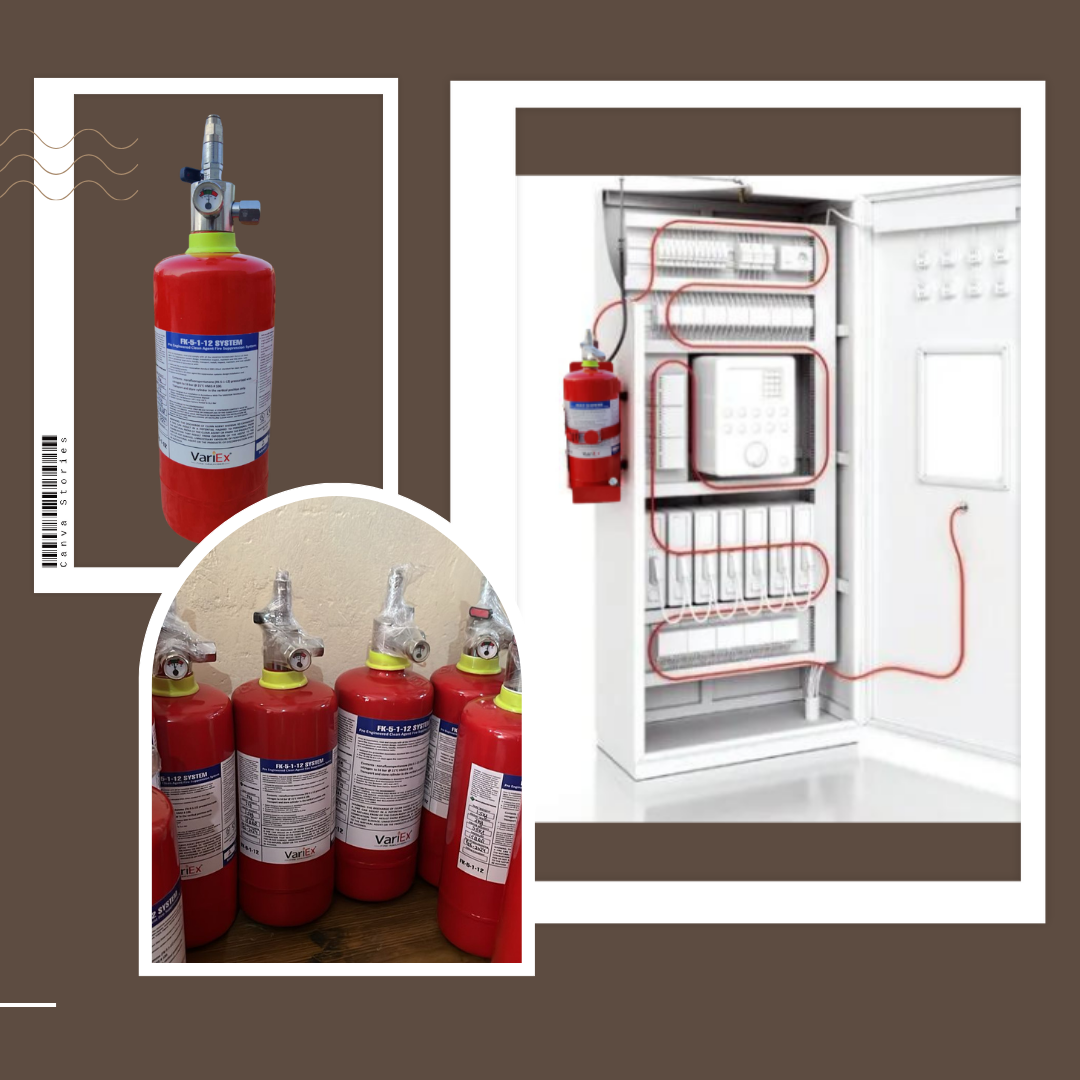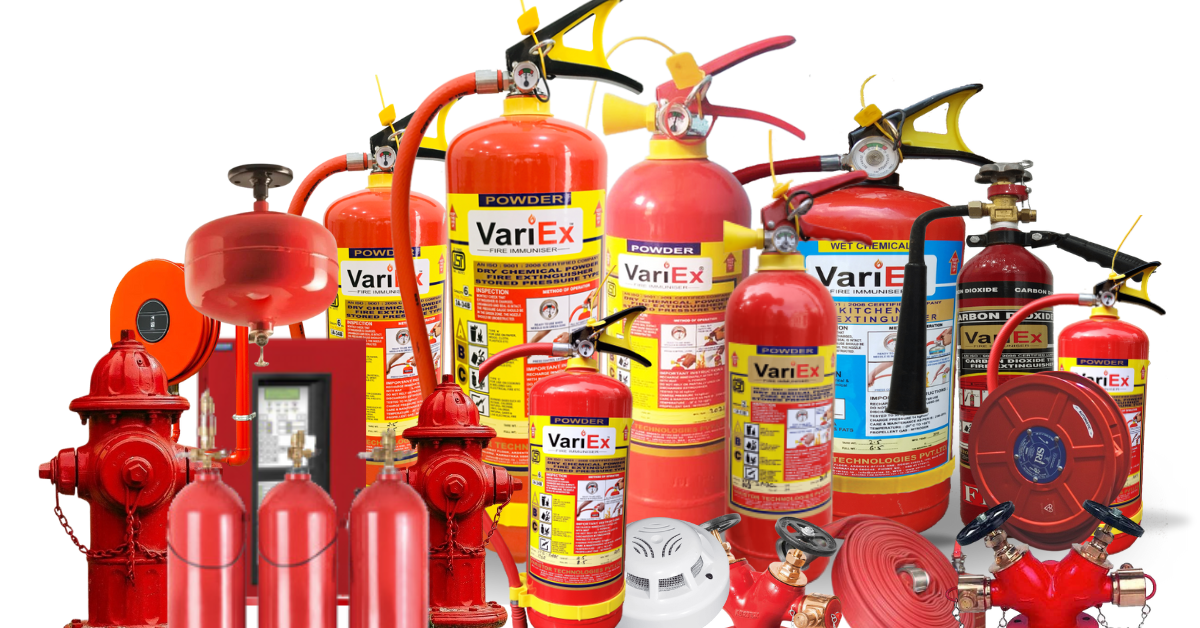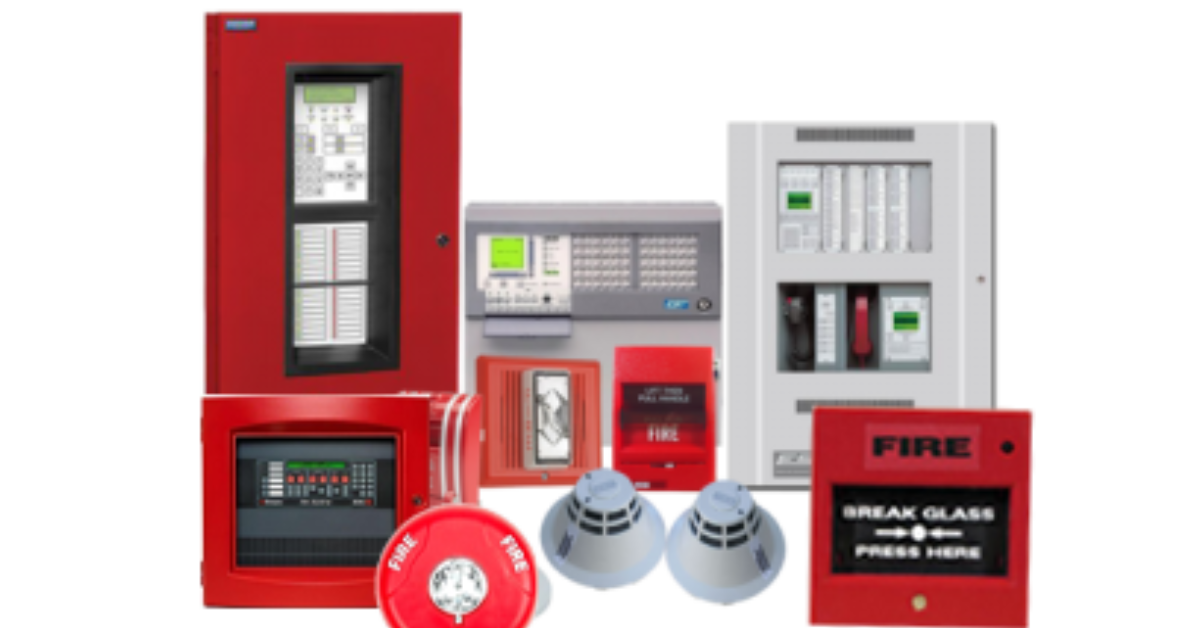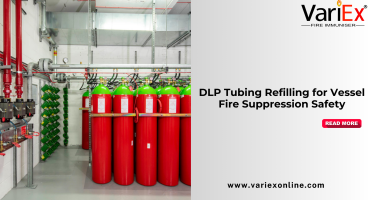![]()
Fire Immuniser
+91-7829629111
Email: info@variex.in
Varistor Technologies Pvt. Ltd.
Block-1, First Floor, Ardente Office One, Hoodi Circle, ITPL Main Road, Bengaluru, Karnataka 560048, IN
What Is Conventional Fire Alarm System
What Is Conventional Fire Alarm System
Fire disasters occur in commercial and residential premises, and they are characterized by both massive financial loss and, sometimes tragically, loss of life. The key to mitigating the adverse effects of a fire incident is rapid detection, which helps in speedy evacuation and firefighting responses. This is where fire alarm systems come in. One such system is the conventional fire alarm system, which is the focus of this article. By the end of this comprehensive exploration, you will fully understand what a conventional fire alarm system is, how it works, its components, where it is applicable, its advantages, and its limitations.
Definition of Conventional Fire Alarm System
A conventional fire alarm system refers to a traditional, cost-effective method of detecting and alerting occupants of commercial or residential premises of a fire incidence. It operates on a "zone defense" model where a property is divided into multiple zones, all monitored separately for potential fire outbreaks. Every alarm device within a specific zone is hardwired to a central control panel. When a fire is detected in one of the zones, the alarm system triggers, identifying the respective zone but not the specific location within that zone.
 How It Works
How It Works
Within each zone, the fire alarm devices are daisy-chained in a loop format to a central control panel through cables. When a detector or manual call point is triggered, an alert is sent to the control panel that then activates the alarm system’s notification devices. This could include sounder units, beacons, or textual notification displays alerting occupants about the fire. However, bear in mind a conventional fire alarm system identifies only the zone – not the exact location of a fire within the zone – a crucial aspect that differentiates it from its modern counterparts such as the addressable fire alarm systems.
Components of a Conventional Fire Alarm System
A typical conventional fire alarm system consists of the following key components:
Control Panel: This is the heart of the system and the hub where all information is processed and controlled. It houses the system's wiring, system status indicators, and the power supply unit.
Initiating Devices: These are the components that trigger the alarm system. They include heat detectors, smoke detectors, and manual pull stations.
Notification Devices: These devices alert building occupants when a fire is detected. They include bells, horns, strobes, and speaker systems.
Where a Conventional Fire Alarm System Is Applicable
Given their simple design and cost-effectiveness, conventional fire alarm systems are an excellent choice for small premises like standalone shops, small offices, restaurants, and warehouses. They are also particularly preferred where a more detailed identification of the location of a fire occurrence is unnecessary.
Advantages of a Conventional Fire Alarm System
The conventional fire alarm system offers several benefits. For starters, they're cost-effective - from installation to maintenance, these systems are budget-friendly. Furthermore, they are relatively straightforward to install with less complexity involved. Being a tried and tested system, it offers dependable performance - crucial in life-threatening situations like fire outbreaks.
Limitations of a Conventional Fire Alarm System
Nonetheless, the conventional fire alarm system has certain disadvantages. One significant limitation is the lack of precise location identification. When a fire alarm is triggered, it identifies the zone but not the specific location within that zone where the fire has occurred, which may lead to delays in extinguishing the fire. Additionally, the system can become less effective in large premises with multiple zones as identifying the precise zone of a fire incident can be challenging.
Conclusion
In conclusion, a conventional fire alarm system is a cost-effective, dependable, and easy-to-install fire safety measure, especially suitable for small premises. Its function is the early detection of potential fire incidents and the quick alert of building occupants or firefighters. However, it has its limitations - specifically, its inability to provide specific location details of a fire occurrence. It is therefore important that when choosing a fire alarm system, one must consider their specific requirements, including the size of premises, budget, and the desired level of location identification required in case of a fire incident. Let safety guide your choice.
Explore our products Range
Final Say
At VariEx.in and VariexOnline.com, we specialize in supplying and installing top-quality fire fighting systems and equipment. From fire extinguishers to advanced suppression systems, we offer comprehensive solutions tailored to your needs. Our experienced team ensures precise installation and maintenance for optimal safety.
Trust VariEx for reliable fire protection. Contact us online or call 7829629111 to learn more.
"WHAT YOU CAN READ NEXT"
 Read more +24 November 2023 in Fire Extinguisher
Read more +24 November 2023 in Fire ExtinguisherWhat types of fire extinguishers are available for different fire classes?
 Read more +11 July 2025 in Fire Suppression
Read more +11 July 2025 in Fire Suppression




